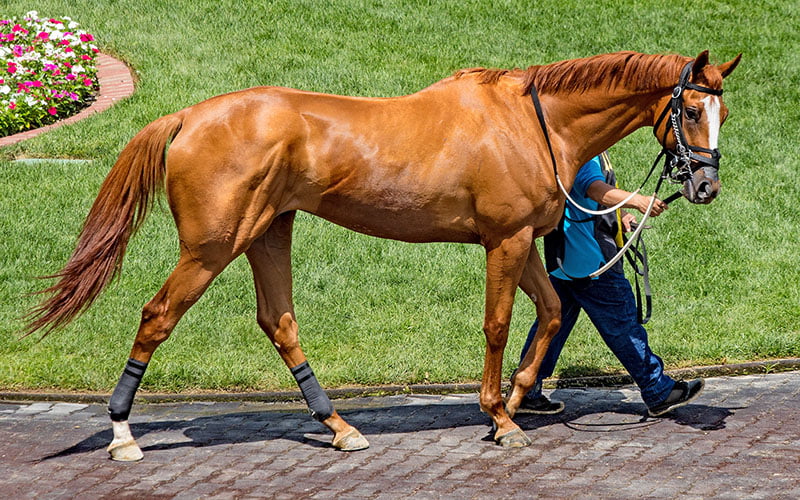
Welcome to our in-depth exploration of faster horses, where we delve into the world of equine performance and the pursuit of speed and efficiency. Horses have captivated humans for centuries with their beauty, grace, and strength. As our connection with these majestic creatures has evolved, so has our desire to enhance their abilities and push the boundaries of their capabilities. In this article, we will explore various aspects of faster horses, including training techniques, breeding practices, advancements in veterinary care, and the impact of technology on equine performance. So saddle up and join us on this exhilarating journey!
Horses have been bred and trained for speed for centuries. From ancient civilizations to modern-day racing events, the pursuit of faster horses has been an ongoing endeavor. But what exactly makes a horse faster? Let’s take a closer look.
When it comes to speed, several factors come into play. These include genetics, conformation, training, diet, and the overall health of the horse. Let’s examine each of these factors in detail.
Over the years, advancements in various fields have contributed to the quest for faster horses. Let’s explore some of the breakthroughs that have revolutionized equine performance.
The study of biomechanics has provided valuable insights into a horse’s movement and stride mechanics. By analyzing the kinematics and kinetics of a horse’s gait, researchers can identify areas for improvement and optimize training techniques to enhance speed and efficiency.
Selective breeding programs have played a significant role in producing faster horses. Through careful selection of desirable traits, breeders aim to pass on speed-enhancing genes to subsequent generations. Modern genetic testing techniques have further revolutionized breeding practices, allowing breeders to identify desirable traits and potential genetic disorders.
Advancements in veterinary medicine and sports science have greatly contributed to equine performance. Cutting-edge diagnostic tools, such as MRI and CT scans, enable veterinarians to detect injuries and abnormalities in horses at an early stage. Moreover, the development of specialized therapies and rehabilitation protocols has helped horses recover from injuries faster and return to peak performance.
The integration of technology in horse training has opened up new avenues for improving speed and efficiency. High-speed treadmills, underwater treadmills, and simulated racing systems allow trainers to mimic race conditions and fine-tune a horse’s performance. Additionally, wearable devices such as GPS trackers and heart rate monitors provide valuable data for monitoring training intensity and optimizing performance.
A: While all horses have the potential for speed, certain breeds and individuals are naturally inclined to be faster due to their genetics and conformation.
A: The duration of training varies depending on the horse’s starting point and the desired level of performance. Generally, it takes months of consistent training and conditioning to develop a horse’s speed and endurance.
A: While it may be more challenging to train older horses, it is possible to improve their speed and overall performance through appropriate training techniques and conditioning programs.
A: Nutrition plays a vital role in supporting a horse’s athletic performance. A well-balanced diet ensures that the horse receives the necessary energy and nutrients to fuel its speed and maintain overall health.
A: Pushing horses beyond their limits can lead to injuries and detrimental effects on their well-being. It is essential to balance training intensity with adequate rest and recovery periods to avoid overexertion.
A: Technology serves as a valuable tool in enhancing equine performance, but it cannot replace the fundamentals of proper training and horsemanship. It complements traditional methods and provides additional insights to optimize training programs.
In conclusion, the pursuit of faster horses has been a long-standing passion for horse enthusiasts, breeders, trainers, and athletes alike. Through advancements in genetics, training techniques, veterinary care, and technology, the boundaries of equine performance continue to be pushed. As we strive for faster horses, it is crucial to prioritize the well-being and welfare of these magnificent animals. With proper care, training, and a deep understanding of their physical abilities, we can unlock their true potential and witness the beauty of speed and efficiency in equine performance.
Remember, whether you’re a racing enthusiast, a breeder, or simply an admirer of these incredible creatures, the journey towards faster horses is one filled with dedication, passion, and respect.
Recommended other topics: Climate Change Mount Sinai: Its Impact and Consequences










© InfoDoot. All Rights Reserved.